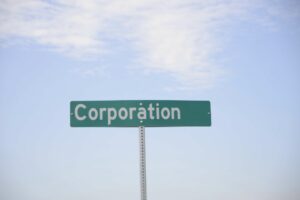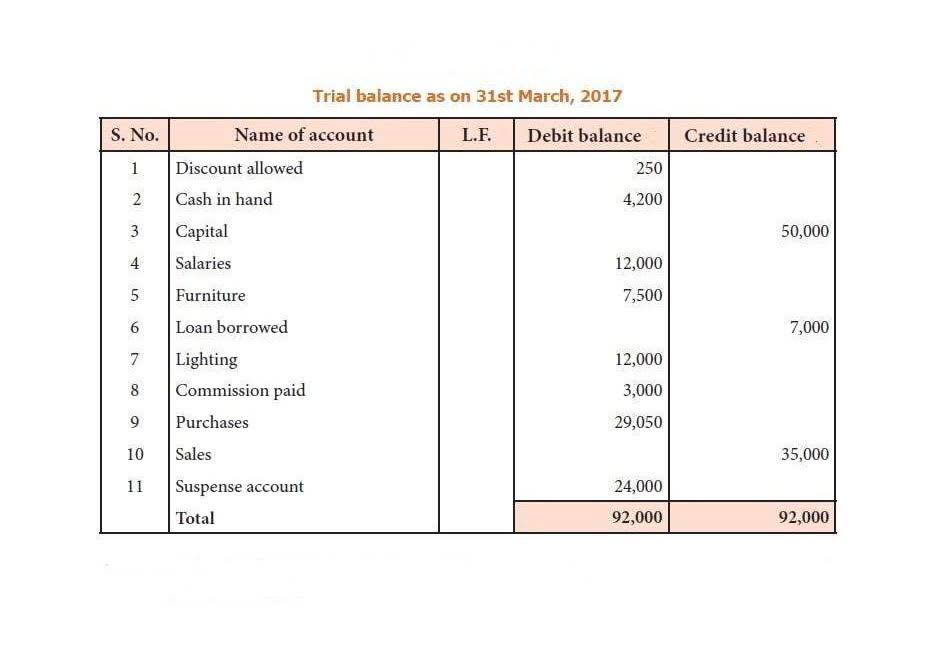
The fixed costs for manufacturing include equipment depreciation, indirect expenses like supervisor wages, renewal of payroll business license, and insurance premiums. Learn the difference between fixed and variable costs to increase your business’ revenue with this detailed guide. Fixed and variable costs are crucial for cost analysis, pricing decisions, break-even analysis, financial planning, and operational efficiency. They inform strategic decisions, aid performance evaluation, and facilitate risk management.

Variable Cost = Variable Cost per Unit × Number of Units Produced
- Simply put, the more you produce or sell, the higher these costs become.
- While working on production costs, one should know the difference between fixed and variable costs.
- Fixed costs are important because they help businesses understand the minimum expenses they must cover to stay operational, regardless of production levels.
- Yes, some fixed costs can become variable over time, especially in cases where technology or business models change.
- Fixed costs remain the same irrespective of changes in production output, no matter what’s happening in the business.
These are costs a business incurs, even without any production or sales activities, and are thus very important for a start-up as well as capital-intensive industries. The world of business finance considers and differs between fixed costs and variable costs as fundamental to proper budgeting and pricing and overall financial management. Thus, the article would provide understanding on how these cost categories could be brought to bear in operations and strategic decision-making in businesses.
Budgeting and Planning
These costs form the foundation of any cost structure and play a critical role in pricing, budgeting, and profit margin analysis. In this guide, we will explore what fixed and variable costs are, how they differ, and why they are important for financial decision-making. Falling under the category of cost of goods sold (COGS), your total variable cost is the amount of money you spend to produce and sell your products or services. That includes labor costs (direct labor) and raw materials (direct materials). Answering questions like this will help you keep fixed and variable costs under control, ensuring profitability for your company. Both fixed and variable expenses need to be accounted for to provide a complete picture of your business’s overall financial health and profitability.
- For example, say you rent a warehouse for your business for $40,000 per month, your rent costs will be $40,000 each month, regardless of how many products you sell.
- Lower administrative expenses or fixed costs increase the net profit.
- They are used to determine the contribution margin (revenue per unit minus variable cost per unit).
- Fixed costs are also known as overhead costs since they remain static and unchanging no matter what your production output is.
- Other fixed expenses include telephone and internet costs, insurance, and loan repayments.
- Both fixed and variable expenses need to be accounted for to provide a complete picture of your business’s overall financial health and profitability.
A. January fixed costs:
The most important information is that, whether you bake 100 cakes, 200 cakes, or no cakes at all, your total fixed costs remain the same at $4,000 per month. Variable costs fluctuate with production, so businesses can manage them more easily. During times of low production, variable costs will decrease, making them less of a burden. Saving money in fixed and variable costs can then be subjected to more efficient operations and profitability. The clue here is where cost could be controlled or reduced without any compromise on the output quality. Budgeting with a clear understanding of fixed and variable costs allows businesses to forecast financial needs accurately and plan for future growth or contraction.
- As you can see, the average fixed cost decreases as production increases.
- Common examples of variable costs include raw materials, commissions, and direct labor.
- Understanding the distinction between fixed and variable costs is crucial for making informed decisions within a business.
- And finally, companies can sometimes automate part of their production process, leading to lower labor costs.
- Most of the time, it comes down to creating a realistic budget and managing your spending habits.
Stay updated with Fyle by signing up for our newsletter
- Fixed costs remain constant regardless of your production or sales volume.
- Fixed costs are expenses that stay the same, no matter how many goods or services a business produces.
- For example, once your fixed costs are covered, you might have to budget no more than $100 every week for groceries.
- The volume of sales at which the fixed costs or variable costs incurred would be equal to each other is called the indifference point.
- For instance, if a company experiences a surge in demand for its products, it may need to increase its raw material purchases and hire additional workers, resulting in higher variable costs.
- Mr. Hari Lal Ltd. must compute the average fixed cost to establish the appropriate pricing per doll.
- Cost behavior refers to the manner in which a company’s costs change as its production levels fluctuate.
Next up are some tips for covering your fixed and variable expenses. An example of a fixed cost is the salary of a project supervisor assigned to a specific project. This expense may fluctuate depending on production (for example, there would be an increase in utility expense if a manufacturing plant is running at a higher capacity utilization). The volume of sales at which the fixed costs or variable costs incurred would be equal Bakery Accounting to each other is called the indifference point. Finally, variable and fixed costs are also key ingredients to various costing methods employed by companies, including job order costing, process costing, and activity-based costing.


Above that amount, they cost you more, depending on how much revenue you earn. Fixed costs are a business expense that doesn’t change with an increase or decrease in a company’s operational activities. In the case of some rental properties, there may be predetermined fixed vs variable costs incremental annual rent increases where the lease stipulates rent hikes of certain percentages from one year to the next. However, these increases are transparent and baked into the cost equation.

Business decisions, such as pricing strategies and production planning, are also impacted by fixed and variable costs. A company with high fixed costs may decide to increase production volume to benefit from economies of scale and spread these costs over a larger number of units. On the other hand, a company with high variable costs may decide to focus on reducing these costs by negotiating better deals with suppliers or finding more efficient production methods. Variable costs, on the other hand, are expenses that vary depending on the level of production or sales volume.
コメントを残す